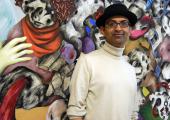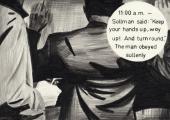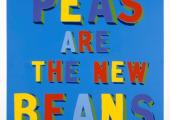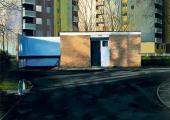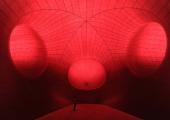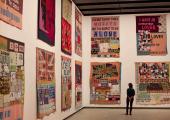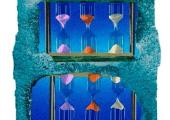Edinburgh Art Festival: A Festival woven together by the city itself
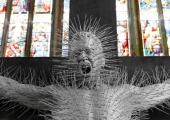
A rich and vivid cornucopia of contemporary art throughout the city
A few days visiting the Edinburgh Art Festival and the city itself becomes the encircling gallery. Under great canvases of lowering grey cloud, plunging up and down the different levels of the Old Town and the New, things unfold against the intense hues of emerald-green spaces, the coppery contrast of the beeches, the cold hardness of the towering walls of stone and the eddying flow of the crowds. Within this frame is the opportunity to see a wide diversity of exhibitions and events in almost 50 museums, non-profit, commercial and artist-run spaces, plus specially commissioned site-specific works.

